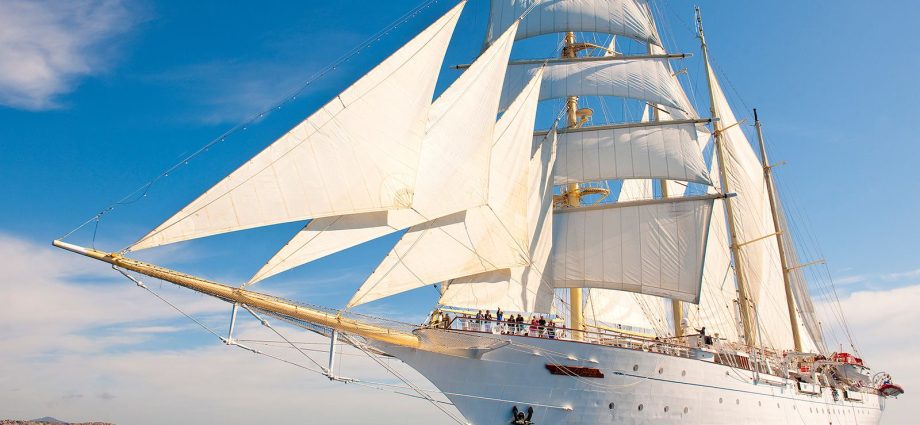Let’s be honest—cruising hasn’t always had the best environmental reputation. Think massive ships guzzling fuel, plastic waste bobbing in pristine waters, and carbon footprints the size of, well, a cruise ship. But here’s the deal: the industry’s changing. Fast. From cutting-edge tech to grassroots initiatives, sustainable cruising isn’t just a buzzword anymore—it’s a movement. And if you love the ocean (or just breathing clean air), you’ll want to know how it’s happening.
Why Sustainable Cruising Matters (More Than You Think)
Imagine dumping 1,000 garbage trucks of plastic into the ocean every minute. That’s roughly what humanity does—and cruise ships, with their thousands of passengers, play a role. But the tide’s turning. With stricter regulations and passenger demand (yes, that’s you), cruise lines are stepping up. Here’s why it’s urgent:
- Fuel consumption: A single large ship can burn 150 tons of fuel per day. That’s… a lot.
- Marine ecosystems: Coral reefs and marine life suffer from pollution and invasive species in ballast water.
- Port communities: Air pollution in coastal cities? Often linked to idling ships.
How Cruise Lines Are Going Green (It’s Not Just Recycling)
Sure, swapping plastic straws for paper helps. But the real game-changers? They’re way more innovative. Here’s what’s happening behind the scenes:
1. Liquefied Natural Gas (LNG) Power
LNG cuts sulfur emissions by 99% and CO₂ by about 25%. Ships like Carnival’s Mardi Gras and P&O’s Iona run on this cleaner fuel. Not perfect, but a leap forward.
2. Shore Power Plug-ins
Instead of burning fuel while docked, ships plug into local electricity grids. Ports like Juneau, Alaska, and Bergen, Norway, already offer this. Simple? Yes. Effective? Absolutely.
3. Advanced Wastewater Treatment
Modern systems treat wastewater to near-tap quality before discharge. Royal Caribbean’s Advanced Purification Systems? They’re basically floating water treatment plants.
4. Hull Design & Propulsion Tech
Sleeker hulls reduce drag. Air lubrication systems create bubbles under the ship to glide smoother. Less resistance = less fuel. Genius, right?
Top Eco-Friendly Cruise Lines Leading the Charge
Some lines aren’t just tweaking—they’re overhauling. Here are the standouts:
| Cruise Line | Eco-Initiative Highlights |
| Hurtigruten | First hybrid-electric ships (Roald Amundsen), bans single-use plastics, serves sustainable seafood. |
| Ponant | LNG-powered ships, underwater silent propellers to protect marine life, carbon-neutral since 2018. |
| Virgin Voyages | No single-use plastics, partnerships with clean-tech startups, onboard recycling programs. |
| Seabourn | Strict waste policies, supports UNESCO marine conservation sites, uses eco-friendly cleaning products. |
What You Can Do: Sustainable Cruising as a Passenger
Look, it’s not all on the cruise lines. Passengers—yeah, you—can make a difference too. Try these:
- Pack light (and smart): Bring reusable bottles, bamboo utensils, and reef-safe sunscreen.
- Choose excursions wisely: Support local eco-tours over activities that harm wildlife.
- Conserve energy: Turn off lights and AC when leaving your cabin. Every bit counts.
- Ask questions: Before booking, research the line’s sustainability reports. Transparency matters.
The Future: Where Sustainable Cruising Is Headed
Hydrogen fuel cells. Solar-powered decks. Zero-emission ports. The ideas are out there—and some, like Norway’s electric ferry fleet, are already real. The challenge? Scaling up. Fast.
But here’s the thing: sustainability isn’t just about tech. It’s about mindset. Choosing to sail with companies that prioritize the planet. Demanding better. Because honestly, if we want to keep cruising—and keep oceans alive—we’ve got to sail smarter.

